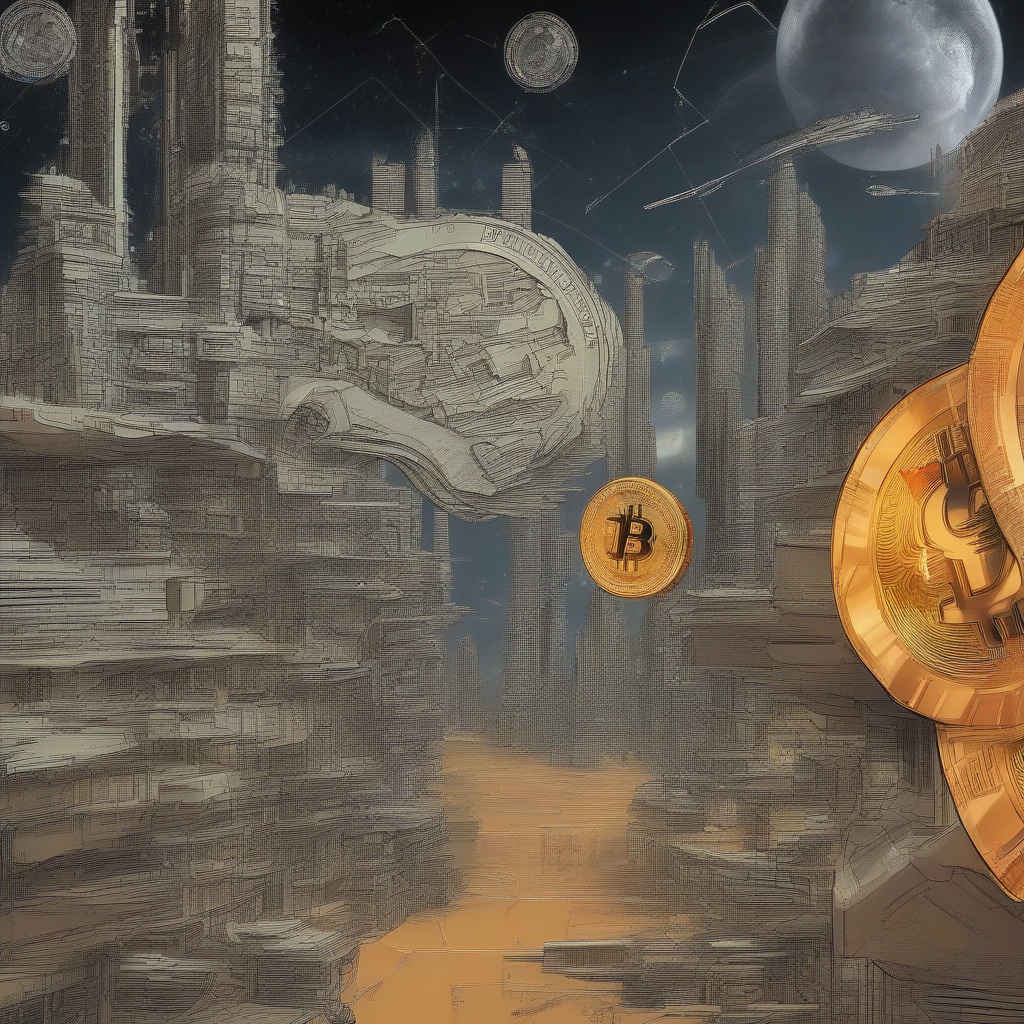What is the difference between radiant v1 and v2?
I'm curious, could you elaborate on the fundamental differences between the radiant v1 and v2? Are there any significant upgrades or changes in functionality that users can expect with the latest version? How does the performance compare between the two versions? Additionally, are there any compatibility issues or limitations that users should be aware of when upgrading or switching between the two?

What is the difference between GTC and GTC+?
Could you please clarify the distinction between GTC and GTC+ in the realm of cryptocurrency trading? I'm curious to understand how these two terms differ and what specific advantages or limitations they may possess for traders. Specifically, I'm interested in knowing if GTC+ offers any additional features or flexibility compared to the standard GTC order type.

What is the difference between GTC and limit?
Excuse me, could you clarify the distinction between GTC and limit orders for me? I understand that both are types of orders used in cryptocurrency trading, but I'm not entirely sure how they differ from one another. Could you elaborate on the key differences in terms of how they operate, when they're typically used, and any potential advantages or disadvantages of each? Your insights would be greatly appreciated.

What is the difference between Hivemapper and Hivemapper bee?
Could you please explain the distinction between Hivemapper and Hivemapper bee? Are they separate entities, or does one represent a subset or a feature of the other? How do they differ in terms of functionality, purpose, or usage within the broader cryptocurrency and finance ecosystem? I'm curious to understand the nuances that separate these two, as they seem to be related yet distinct.

What is the difference between tensor and vector?
Excuse me, could you clarify the distinction between a tensor and a vector for me? I understand that they are both mathematical objects used in various fields, but I'm struggling to grasp the fundamental differences. As I understand it, a vector is a mathematical entity that has both magnitude and direction, and it's often used to represent physical quantities like force or velocity. However, I'm unsure how a tensor differs from this. Could you elaborate on the key properties of tensors and how they contrast with vectors? Perhaps you could provide some real-world examples to help me grasp the concept better? I'd really appreciate your insight into this matter.

